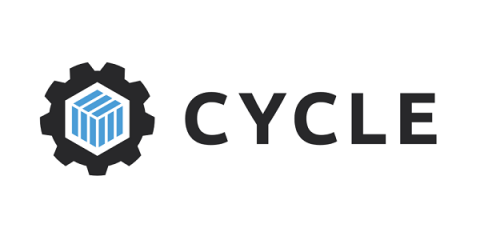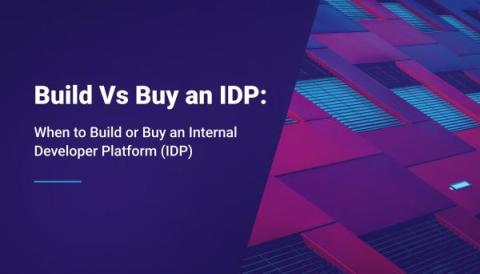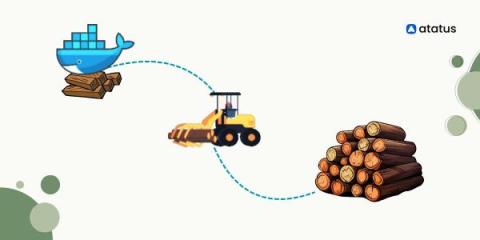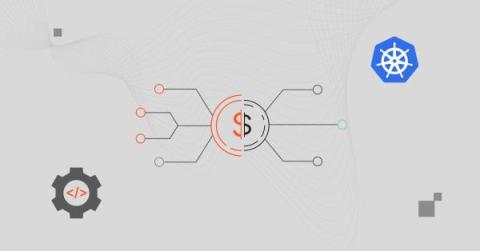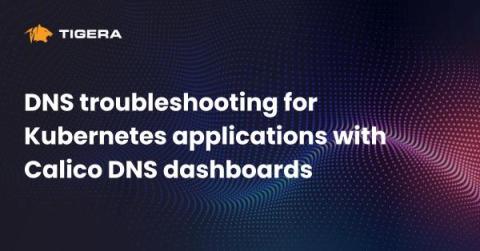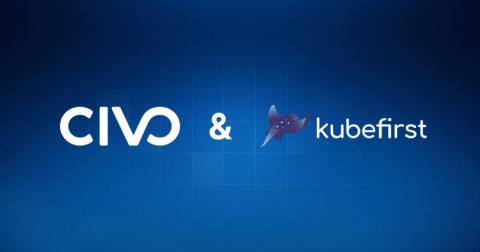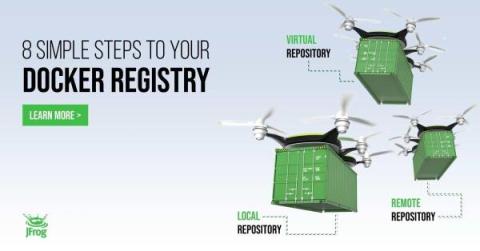New Integration: Cycle.io and Depot.dev Team Up for Enhanced Docker Builds
In our continuous mission to improve development workflows and operational efficiency for our users, Cycle.io is thrilled to announce a new partnership with Depot. This collaboration is set to revolutionize how organizations build images, focusing on accelerating the Dockerfile build process. "I'm particularly excited to add this integration to Cycle's platform.


